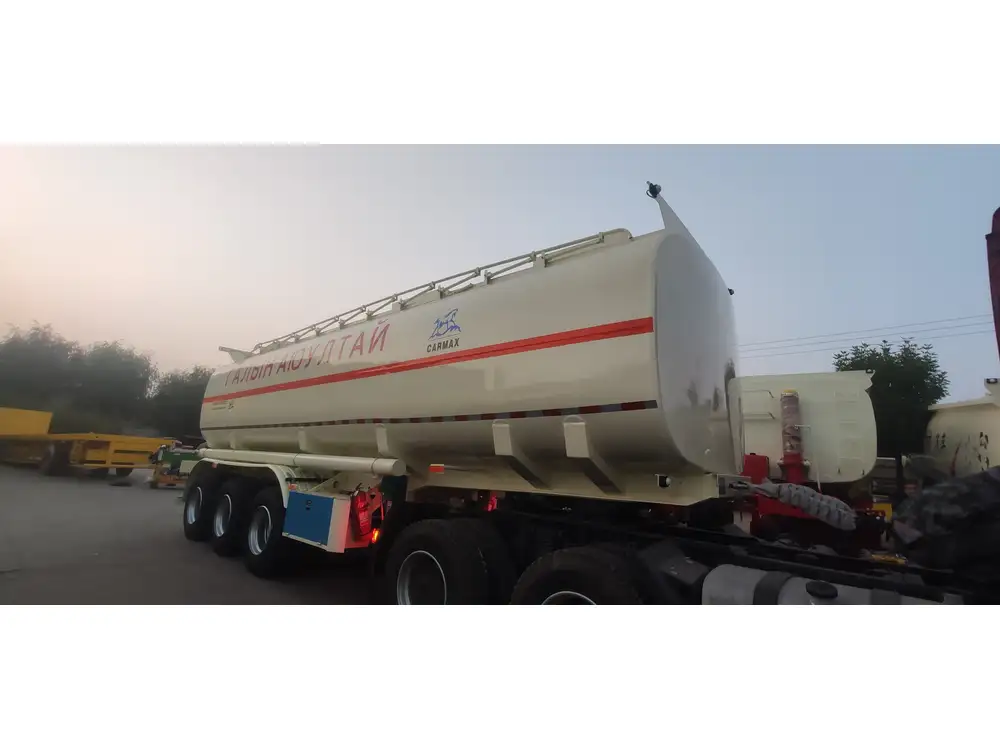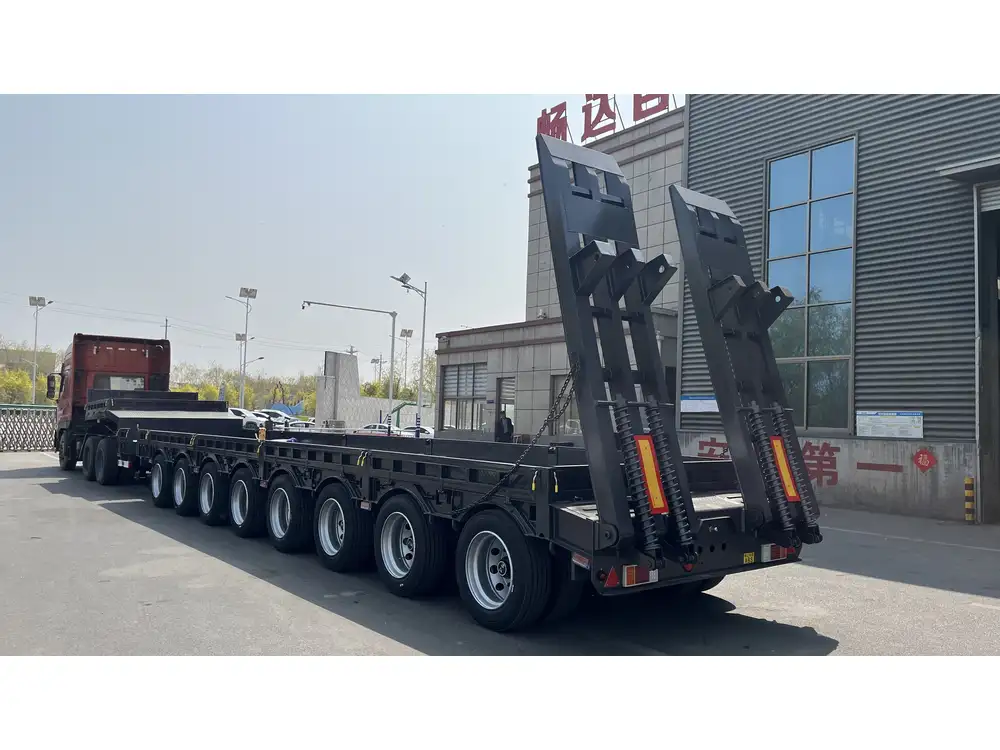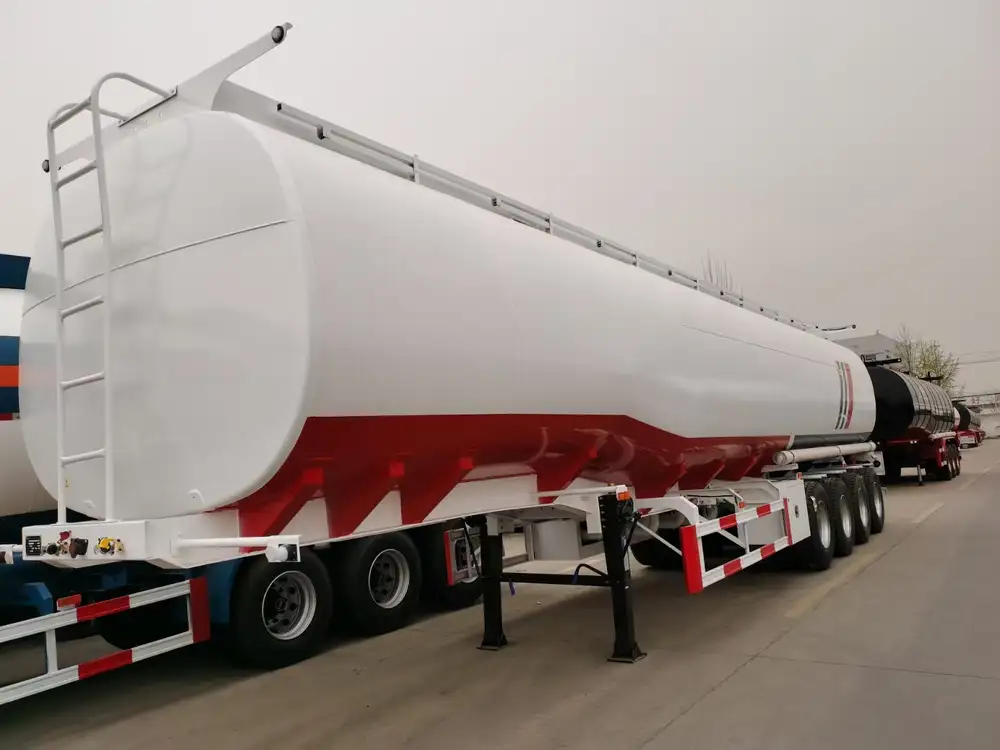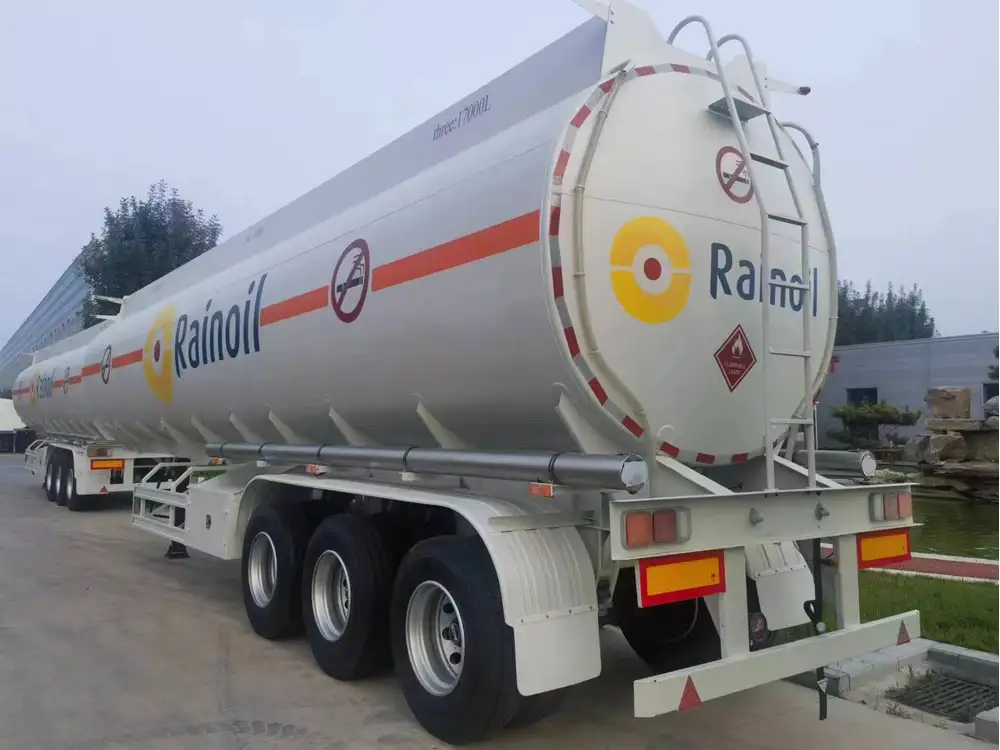When it comes to hauling cargo, flatbed trailers are a versatile choice for transportation across various industries. Understanding what pulls a flatbed trailer is crucial for manufacturers, logistics managers, and anyone involved in hauling operations. This guide delves deep into the mechanics of flatbed trailers, their optimal towing vehicles, and essential considerations for effective transport.
Understanding Flatbed Trailers
Flatbed trailers are distinguished by their lack of sides and roof, providing a large, open space that allows for the transportation of oversized loads. These trailers are typically used for carrying machinery, steel beams, lumber, and other bulky materials.
Types of Flatbed Trailers
There are several types of flatbed trailers based on load capacity and purpose:
- Standard Flatbed Trailers: Suitable for general cargo, these trailers can carry a variety of goods, ranging from construction materials to vehicles.
- Step Deck Trailers: Designed for taller loads that cannot be accommodated on a standard flatbed, step deck trailers have a lower deck height.
- Drop Deck Trailers: Similar to step deck trailers but with a more significant drop in height, ideal for very tall loads while keeping the overall height within legal limits.
- Double Drop Trailers: These trailers feature two drops, enabling the transport of extremely tall loads by further lowering the center of gravity.
- Gooseneck Trailers: A specialized design with a front that extends over the towing vehicle, which allows for greater stability and weight distribution.

Key Features of Flatbed Trailers
| Feature | Description |
|---|---|
| Load Capacity | Typically ranges between 48,000 to 60,000 pounds, depending on the design and materials used. |
| Size | Common lengths include 48 and 53 feet, with varying widths to suit different loads. |
| Material | Constructed from steel or aluminum, providing strength and durability while minimizing weight. |
| Versatility | Capable of carrying loads that exceed the height and width limits of enclosed trailers. |
What Pulls a Flatbed Trailer?
The Right Vehicle for the Job
The choice of vehicle to pull a flatbed trailer is vital for safe and efficient transport. Towing requires specific vehicle attributes to handle the weight and balance of the trailer and its load. Here are the primary contenders for towing:
Heavy-Duty Pickup Trucks:
- Popular Models: Ford F-350, Chevrolet Silverado 3500, Ram 3500.
- Towing Capacity: Most heavy-duty trucks possess towing capacities exceeding 20,000 pounds, making them ideal for standard flatbed use.
Class 3 to Class 8 Trucks:
- Popular Models: Freightliner Cascadia, Kenworth T680, Peterbilt 579.
- Towing Capacity: These trucks offer capacities ranging from 26,000 pounds (Class 3) to over 80,000 pounds (Class 8), suitable for larger flatbed trailers.
Tractor Units:
- Configuration: Utilized for long-distance hauling, tractor units can tow multiple trailers or larger loads with ease.
- Benefits: With their robust engines and stability, they are designed for heavy workloads and prolonged use.

Factors Affecting Towing Capability
When deciding on a vehicle to pull a flatbed trailer, several critical factors must be taken into account:
1. Engine Power and Torque
The engine’s power (measured in horsepower) and torque (measured in lb-ft) significantly influence towing capacity. A vehicle designed with high torque output is particularly effective in pulling heavy loads, especially from a standstill.
2. Axle Ratio
The axle ratio determines how the vehicle’s engine power is translated into towing power. A lower numerical axle ratio provides better towing capacity and performance, while a higher ratio may enhance fuel efficiency but limits towing capabilities.

3. Weight Distribution and Load Limits
Proper weight distribution is crucial for safety and effective control. Overloading a vehicle or improperly loading the trailer can lead to handling difficulties, increasing the risk of accidents.
4. Braking System
Heavy-duty or air brake systems offer the best performance for towing, especially under heavy loads. Additionally, using a trailer brake controller is vital for managing braking effectively across different load situations.
Safety Considerations for Towing Flatbed Trailers

Essential Equipment for Towing
To ensure safety while towing a flatbed trailer, it’s imperative to equip the vehicle with the following:
Towing Hitch: A high-quality hitch that matches the vehicle’s towing capacity is essential. Options include ball hitches, fifth-wheel hitches, and gooseneck hitches, each suited for specific trailer configurations.
Safety Chains: Doubling down on safety, using safety chains can prevent trailer detachment in the unlikely event of hitch failure. Ensure these are crossed under the trailer tongue for better stabilization.
Load Bars and Straps: Securely fastening the load is non-negotiable. Utilize sufficient load bars, straps, or chains rated for the weight of the cargo to prevent shifting during transit.
Driving Techniques for Towing
Towing a flatbed trailer transforms standard driving practices. Here are some recommended techniques:
Turning: Allow for extra space when turning to accommodate the trailer’s length and prevent clipping curbs or obstacles.
Braking: Always start braking earlier than normal. The added weight means it will take longer to slow down or stop, necessitating a greater distance between vehicles.
Lane Changes: Check blind spots diligently and signal well in advance, allowing ample time for other drivers to adjust.
Maintenance for Towing Vehicles
Regular maintenance is vital for vehicles that frequently tow trailers. Key areas of focus include:
Tire Pressure: Ensure both the towing vehicle and trailer tires are inflated to the recommended levels to enhance stability and handling.
Brake Inspection: Regularly check brakes for wear and functionality, particularly if towing heavy loads regularly.
Fluid Levels: Regularly inspect and top up engine oil, transmission fluid, and cooling fluids to ensure optimal vehicle performance.

Advantages of Using Flatbed Trailers
Increased Versatility
Flatbed trailers can cater to a wide range of cargo types, making them a preferred choice in industries like construction, manufacturing, and logistics. Their open design allows for unconventional loads that wouldn’t fit within traditional enclosed trailers.
Enhanced Loading and Unloading
The flat design eases the process of loading and unloading. Equipment operators can utilize cranes or forklifts without height restrictions, facilitating quicker and more efficient operations.

Weight Distribution
Due to their design, flatbed trailers excel in weight distribution. This aspect plays a crucial role in maintaining stability during transport, especially for oversized or heavy loads.
Cost-Efficiency
While flatbed trailers can have a higher initial purchase price, their long-term benefits—including lower maintenance costs and the ability to service a broader range of loads—can prove more economical over time.
Conclusion
Choosing what pulls a flatbed trailer involves understanding the interaction between the trailer’s design and the vehicle’s capabilities. With proper vehicle selection, equipment, and knowledge of towing techniques, flatbed trailers can be an asset in any hauling operation. Understanding these nuances not only enhances safety but also boosts efficiency and the overall effectiveness of transporting cargo.
Despite the initial learning curve and investment required, the rewards of using flatbed trailers are substantial. As industries demand flexibility in their logistics solutions, embracing flatbed trailers and the correct towing vehicle can set companies apart in a competitive landscape.



